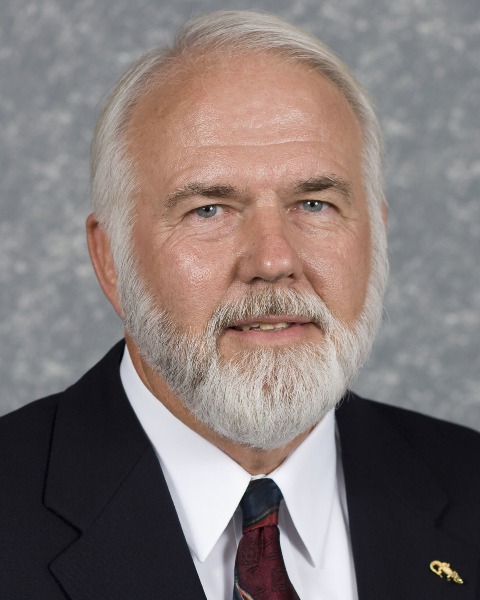Plant-Insect Ecosystems
Section Symposium
Recent history and future trends in biological control

Norman C. Leppla, BCE
Professor of Entomology
University of Florida
Gainesville, Florida
Houston Wilson
Asst. Cooperative Extension Specialist
University of California
Parlier, California
Presenting Author(s)
Co-Author(s)
Recent History and Future Trends in Biological Control
N. C. Leppla, S. H. Wilson, L. M. LeBeck, and M. W. Johnson
A survey was sent to scientists and practitioners in the United States in 2019 to determine the state of biological control science and technology. A total of 340 biological control personnel were identified and surveyed, 218 employed by universities, 86 by the federal government and 36 by state departments of agriculture. University personnel were involved most in conservation, whereas federal and state employees engaged predominantly in classical biological control. There were more than 10 personnel only in six states. Nationally, biological control scientists and practitioners worked mainly in row crops, weeds, vegetables, orchard trees, urban landscapes, and forests. Their highest six issues in order of priority were biological control as part of IPM, funding for biological control, classical biological control, establishment and impact evaluation, ecological analysis and impact prediction, and conservation of biological control agents. A total of 18 comprehensive biological control courses were taught in classrooms at 16 universities and seven institutions each offered a course via distance. However, another 18 universities discontinued in-person courses, while the subject was included in specialized courses involving specific pests at 10 institutions. Biological control information was delivered in 21 courses on IPM and sustainable agriculture at 20 universities and a range of periodic events at 19 institutions. Sustained advancement of biological control in the United States will require increased emphasis on the discipline and additional education and training opportunities.

